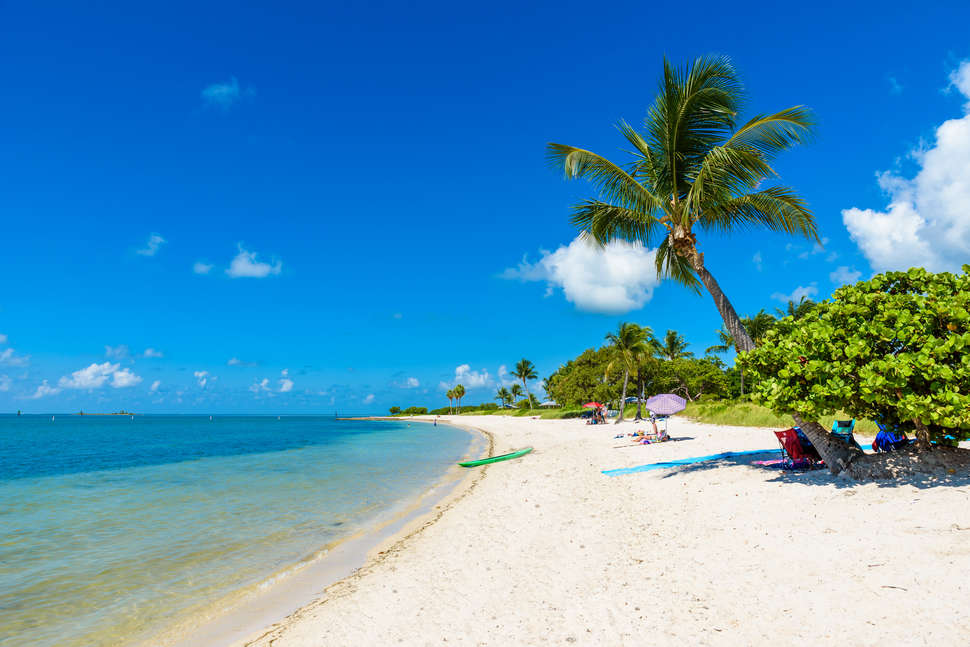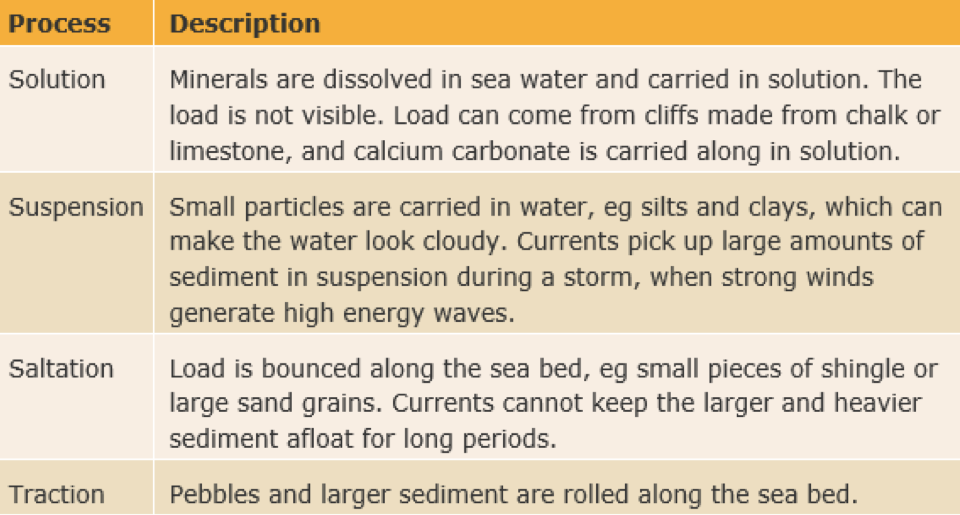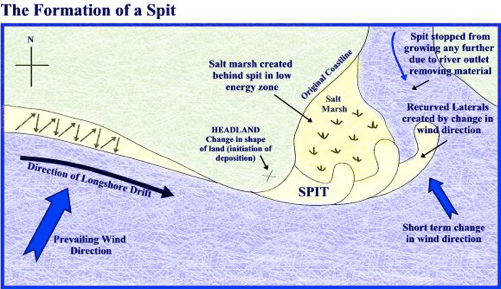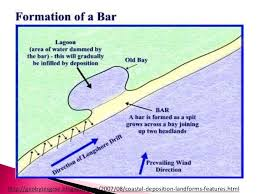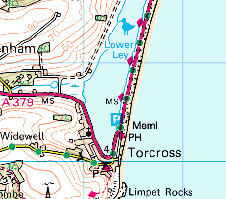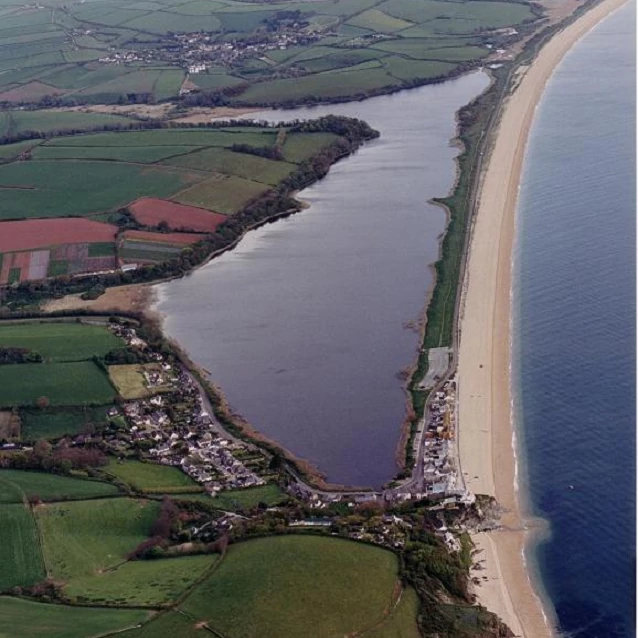Landforms of Deposition
Beaches
Beaches are made up from eroded material that has been transported from elsewhere and then deposited by the sea. For this to occur, waves must have limited energy, so beaches often form in sheltered areas like bays. Constructive waves build up beaches as they have a strong swash and a weak backwash.
Sandy beaches are usually found in bays where the water is shallow and the waves have less energy. Pebble beaches often form where cliffs are being eroded, and where there are higher energy waves.
Coastal Transport
Longshore Drift
Sediment is moved along the coast by a process called long shore drift (LSD). It has 4 steps:
- Prevailing winds are at an angle to the beach
- The wave hits the beach at the same angle
- Swash forces material up the beach at that angle
- The material then returns straight down to the sea (by gravity) and is removed by backwash
This process is repeated over and over again.
Over time material is shifted along the beach in the direction of the wind (in a zig zag way).
Landforms of Longshore Drift
Landforms of deposition are all formed due to the deposition of material like rocks and sand. Spit: Spits form when long shore drift carries material across a bay and to the end of a headland. The material is then deposited at the end of the headland and as more and more is deposited the sandy area starts to stick out away from the headland. If a spit forms at a river estuary the movement of the river water travelling to towards the sea will stop the spit from protruding out too far.
Bar: If a spit forms from a headland and there is no river there to stop the deposition it is possible for the spit to join two headlands together and cut the bay and beach off from the sea. This is called a bar.
Tombolo: If a spit forms from a headland with an island close by it could join the island to the mainland. This is called a tombolo.
Slapton Ley
- How are beaches formed?
- Your answer should include: Deposition / Constructive / Waves
- Describe how the coast moves material in 4 ways.
- Your answer should include: Traction / Saltation / Suspension / Solution
- How and why are spits, bars and tombolos formed.
- Your answer should include: Deposition / Longshore / Drift / Prevailing / Wind
